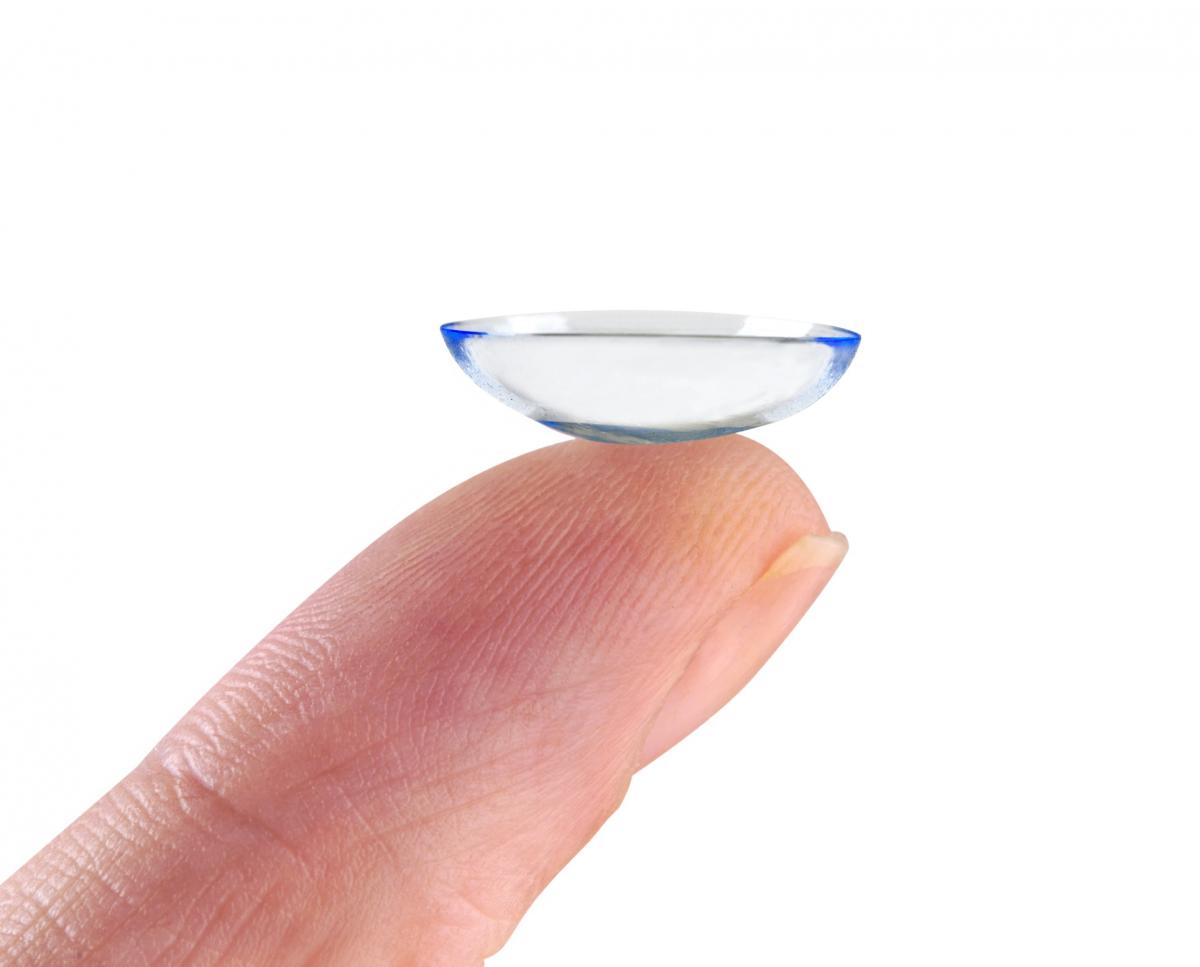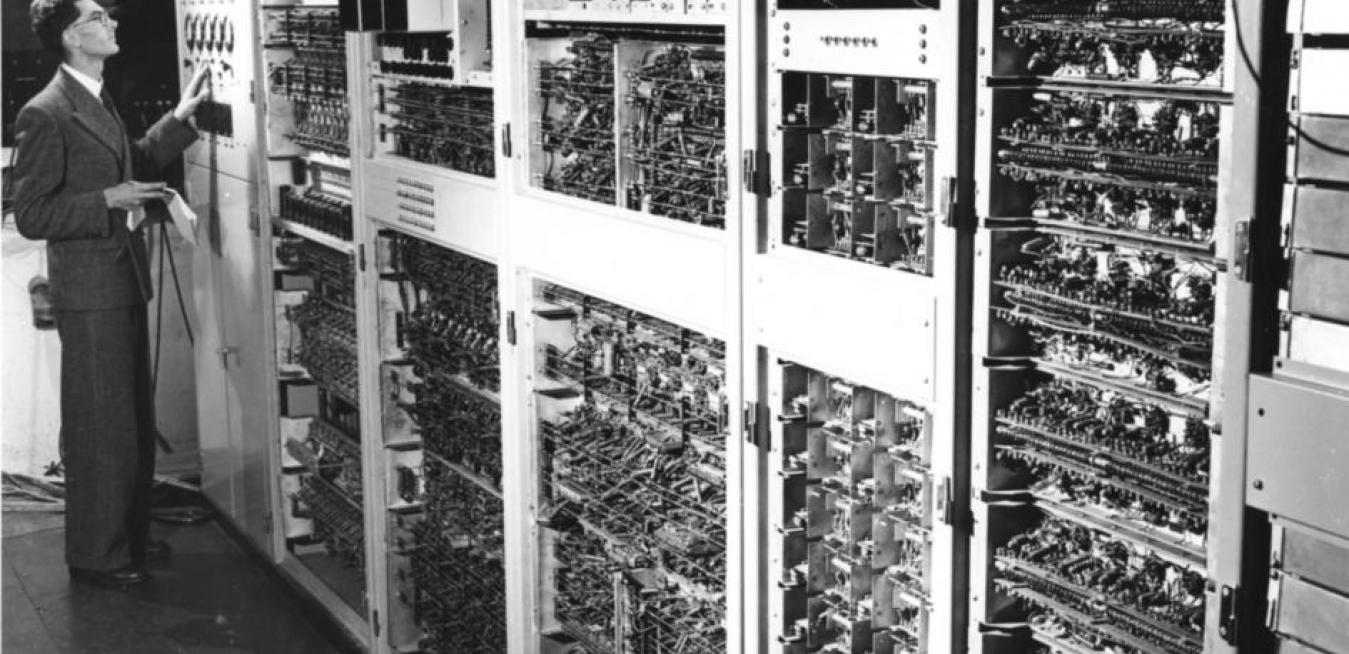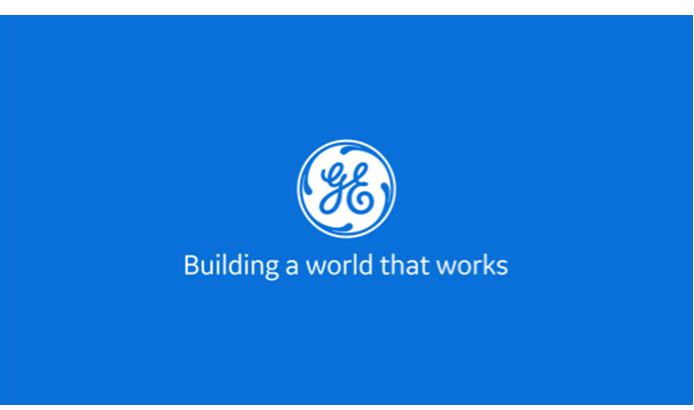1. Wi-Fi
Giving us the freedom to connect to the internet from the comfort of our favourite café, the Wireless LAN was developed and patented by CSIRO in the 1990s. The invention of WiFi came from studies in radioastronomy, complex mathematics and a deep understanding of the behaviour of radio waves and today enables billions of people around the world connect to the internet without wires.
 CSIRO inventor Doug Waterhouse, Aerogard was originally used to protect Aussie diggers from mosquitoes and malaria in the Pacific during the Second World War. It hit the mainstream in 1963, when the Queen used it during a visit to Canberra. Since Aerogard has been a staple for BBQs, adventures in the great outdoors and Aussie summer holidays.
CSIRO inventor Doug Waterhouse, Aerogard was originally used to protect Aussie diggers from mosquitoes and malaria in the Pacific during the Second World War. It hit the mainstream in 1963, when the Queen used it during a visit to Canberra. Since Aerogard has been a staple for BBQs, adventures in the great outdoors and Aussie summer holidays.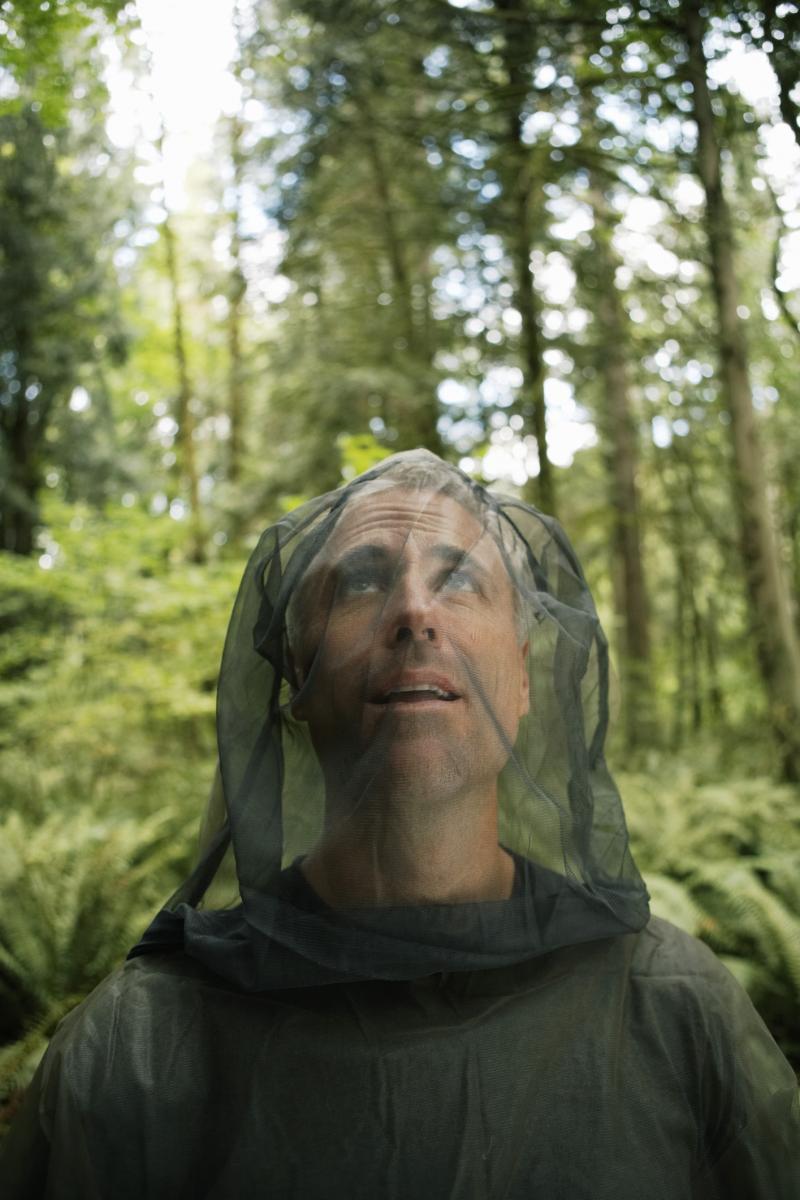 CSIRO Parkes Observatory in NSW received and transmitted the two-and-a-half hour moon landing telecast to six hundred million people across the globe. The telescope is considered an icon of Australian science and inspired Aussie film ‘The Dish’. Today Parkes Observatory operates 24 hours a day and is still one of the world’s leading radio telescopes.
CSIRO Parkes Observatory in NSW received and transmitted the two-and-a-half hour moon landing telecast to six hundred million people across the globe. The telescope is considered an icon of Australian science and inspired Aussie film ‘The Dish’. Today Parkes Observatory operates 24 hours a day and is still one of the world’s leading radio telescopes.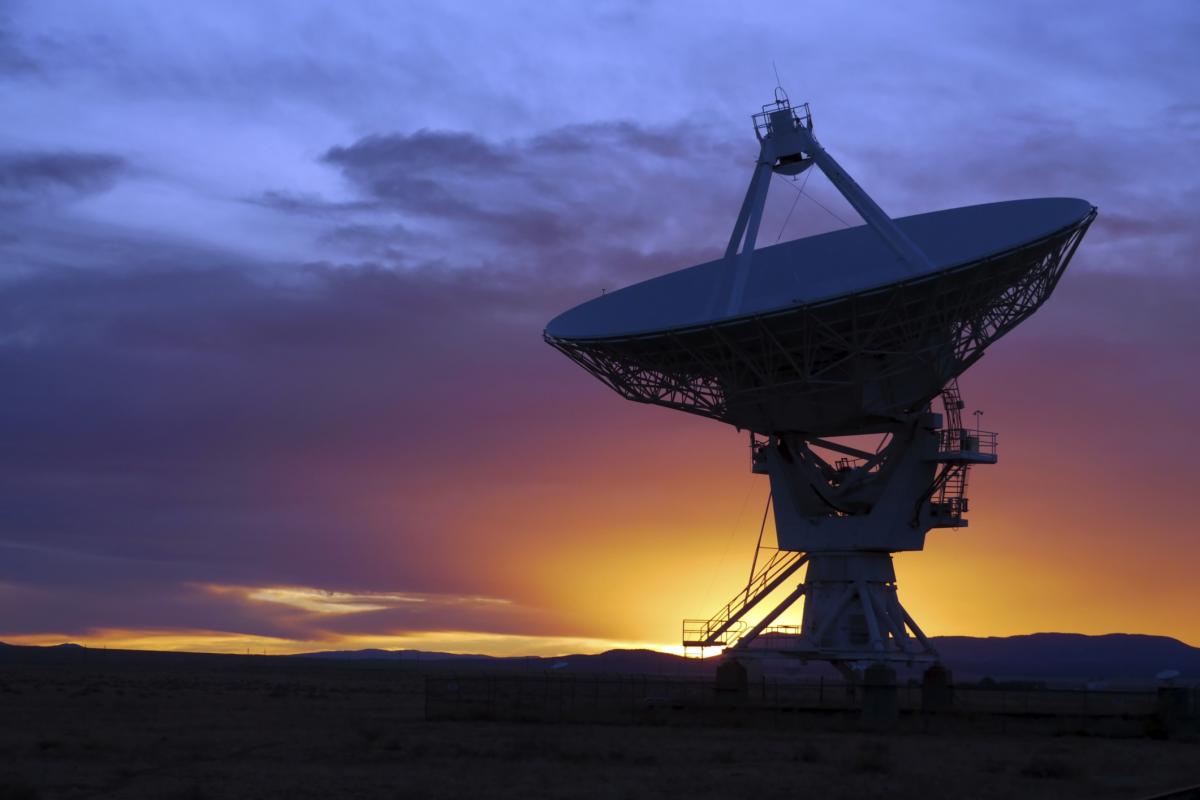 CSIRAC was Australia’s first programmable digital computer and the fourth computer in the world. First used in November 1949, it filled a room the size of a double garage and used the same amount of electricity as a suburban street. CSIRAC revolutionised things we now take for granted, like weather forecasting, working and banking.
CSIRAC was Australia’s first programmable digital computer and the fourth computer in the world. First used in November 1949, it filled a room the size of a double garage and used the same amount of electricity as a suburban street. CSIRAC revolutionised things we now take for granted, like weather forecasting, working and banking.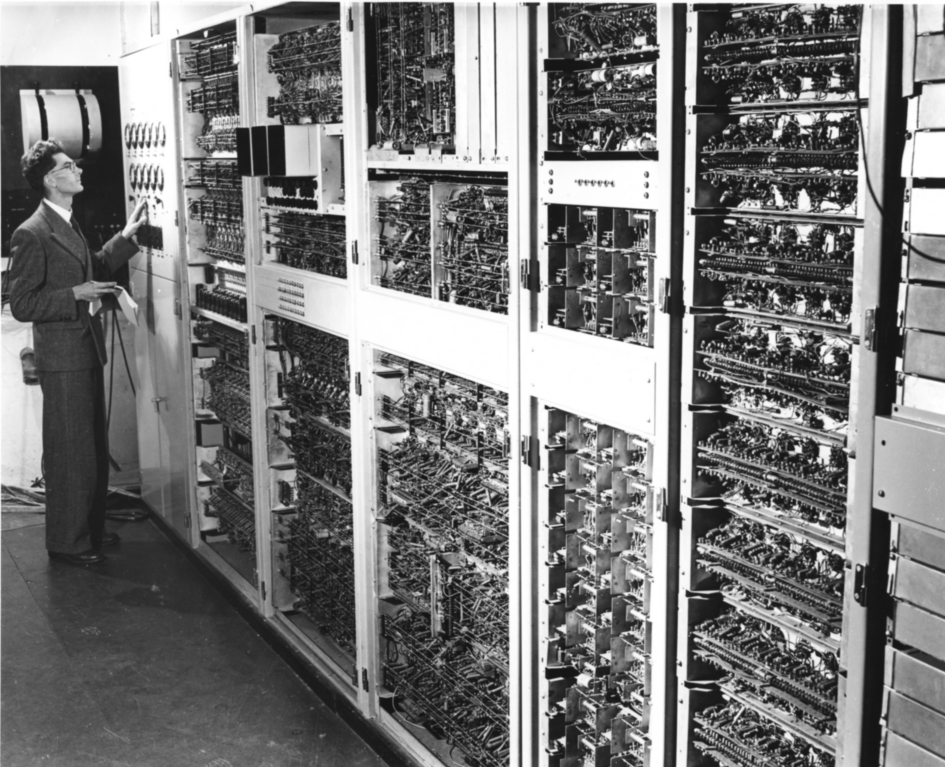 CSIRO developed currency with optically variable devices (OVDs), which alter depending on temperature and how the note is viewed. OVDs cannot be photographed and make it difficult to forge a note. By 2009, the technology was being exported to 25 countries, with more than three billion plastic notes in circulation.
CSIRO developed currency with optically variable devices (OVDs), which alter depending on temperature and how the note is viewed. OVDs cannot be photographed and make it difficult to forge a note. By 2009, the technology was being exported to 25 countries, with more than three billion plastic notes in circulation. first soft contact lenses suitable for long-term continuous wear. Made from a silicone hydrogel called Lotrafilcon A, the lenses were updated soon after to create a lens with oxygen permeability, Lotrafilcon B. This development drew on CSIRO's surface chemistry and characterisation expertise to develop a new silicone hydrogel material from which the lenses are constructed.
first soft contact lenses suitable for long-term continuous wear. Made from a silicone hydrogel called Lotrafilcon A, the lenses were updated soon after to create a lens with oxygen permeability, Lotrafilcon B. This development drew on CSIRO's surface chemistry and characterisation expertise to develop a new silicone hydrogel material from which the lenses are constructed.